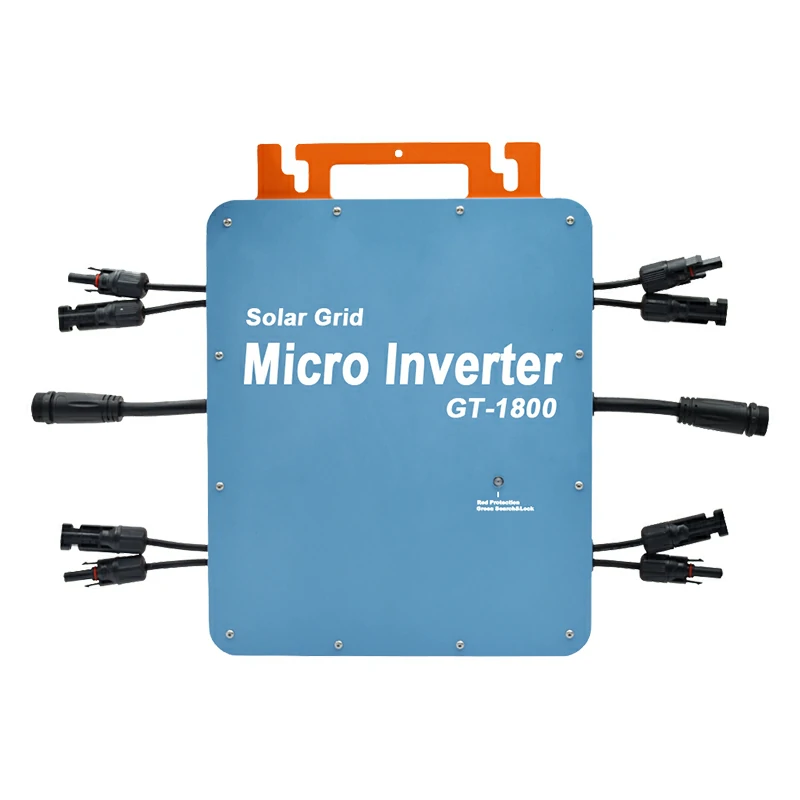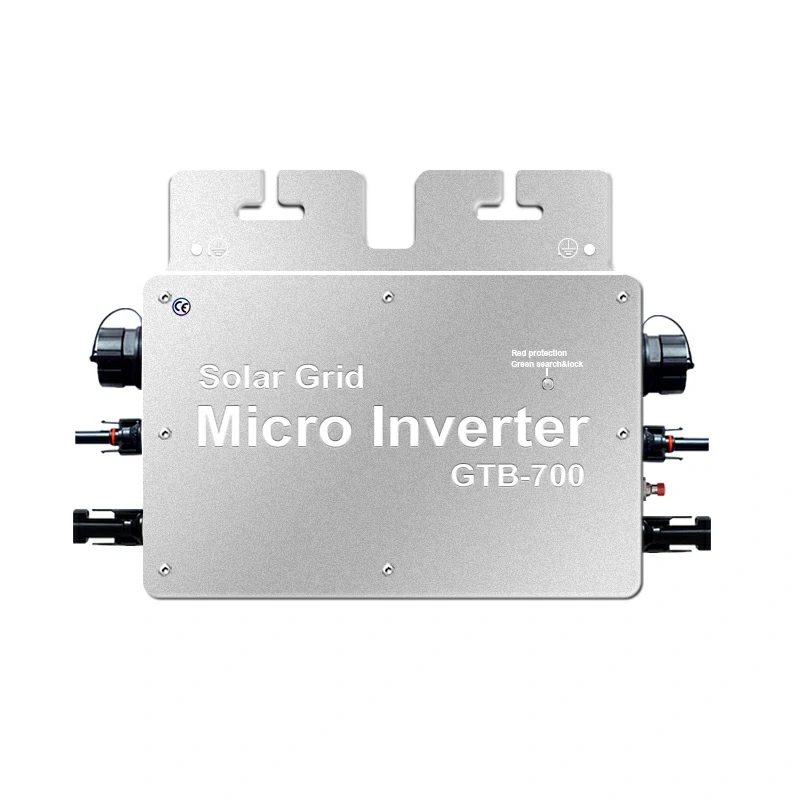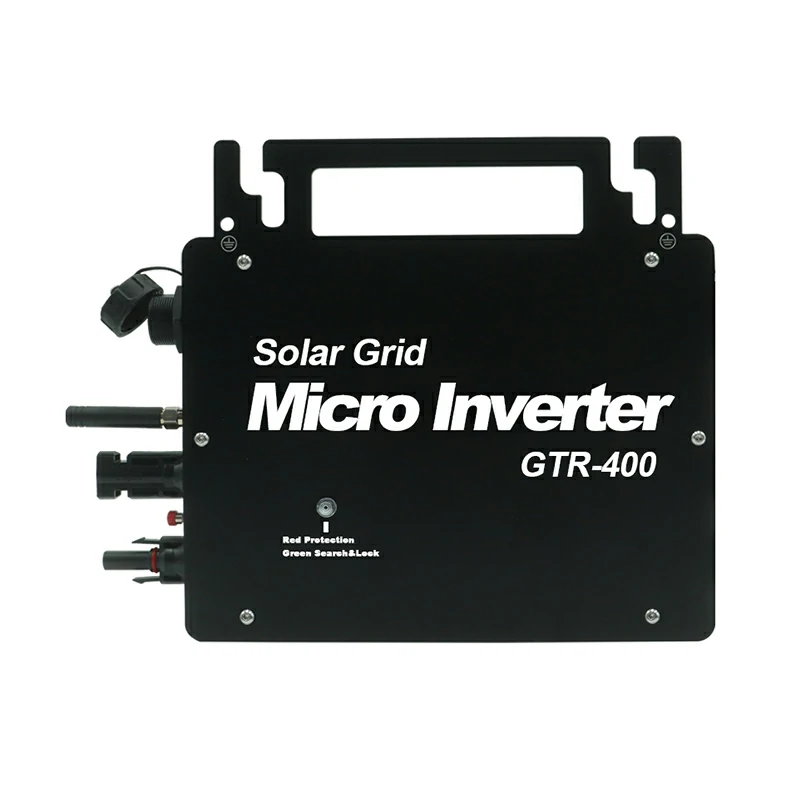Micro inverters have become a popular choice in solar energy systems, offering distinct advantages over traditional grid-connected inverters. However, potential buyers should be aware of the challenges that can arise during the installation process. This article aims to address these challenges and provide solutions to help users make informed decisions when purchasing micro inverters.
1. Compatibility with Existing Systems
One of the primary challenges when installing micro inverters is ensuring compatibility with existing solar panel brands and models. Not all micro inverters work seamlessly with every type of solar panel. Mismatches can lead to reduced efficiency and performance issues.
Solutions:
- Consult Manufacturers: Before making a purchase, it’s essential to consult with manufacturers regarding compatibility. Many solar inverter manufacturers provide guidelines on which micro inverters work best with their panels.
- Choose Versatile Options: Opt for micro inverters that are designed to be versatile and compatible with various solar panel models to mitigate compatibility issues.
2. Installation Complexity
Installing micro inverters can be more complex than traditional inverters due to the need for proper wiring and configuration. This complexity can deter some users, especially those without technical skills.
Solutions:
- Hire Professionals: For those unsure about their installation capabilities, hiring a professional installer is highly recommended. This can ensure the installation is done correctly and safely.
- Training Resources: For DIY enthusiasts, many manufacturers offer training resources and guides to simplify the installation process. Utilizing these can empower users to tackle installations with greater confidence.
3. Cost Considerations
The initial cost of micro inverters can be higher than that of traditional grid-connected inverters. This can lead to hesitance among potential buyers, especially when considering long-term savings versus upfront costs.
Solutions:
- Evaluate Total Cost of Ownership (TCO): It’s essential to evaluate the total cost of ownership, which includes installation, maintenance, and potential savings from energy generation over time.
- Explore Financing Options: Many programs and incentives are available for solar energy installations, which can help offset initial costs and make micro inverters a more financially viable option.
4. Monitoring and Maintenance
Monitoring the performance of multiple micro inverters can pose challenges, especially in terms of connectivity and data analysis. Keeping track of performance metrics is crucial for maximizing energy generation.
Solutions:
- Integrated Monitoring Systems: Many modern micro inverters come equipped with integrated monitoring systems that allow users to track performance easily via apps or web interfaces.
- Regular Maintenance: Establishing a regular maintenance schedule can help identify and resolve any performance issues early, ensuring that the system operates at peak efficiency.
5. Space and Layout Constraints
Physical space for installing micro inverters can be limited, especially in residential settings. Factors such as roof orientation and shading can also impact performance.
Solutions:
- Site Assessment: Conduct a thorough site assessment prior to installation. This will help identify the best layout for the solar panels and micro inverters.
- Creative Installation Solutions: Consider using fewer but more powerful micro inverters to maximize energy production in constrained spaces.
6. Warranty and Reliability Concerns
Potential buyers often have concerns about the reliability of micro inverters and the terms of their warranties. Understanding these aspects is vital for long-term satisfaction with the product.
Solutions:
- Choose Reputable Brands: Selecting micro inverters from reputable solar inverter manufacturers with solid warranties can mitigate reliability concerns.
- Research Performance Reviews: Look for long-term performance reviews and testimonials from other users to gauge the reliability of different micro inverters.
Conclusion
In summary, while there are challenges associated with installing micro inverters, understanding these issues and exploring potential solutions can lead to a successful installation. By taking the time to research and consult with experts, users can make informed decisions when purchasing micro inverters, ensuring that their solar energy systems perform efficiently and effectively.




